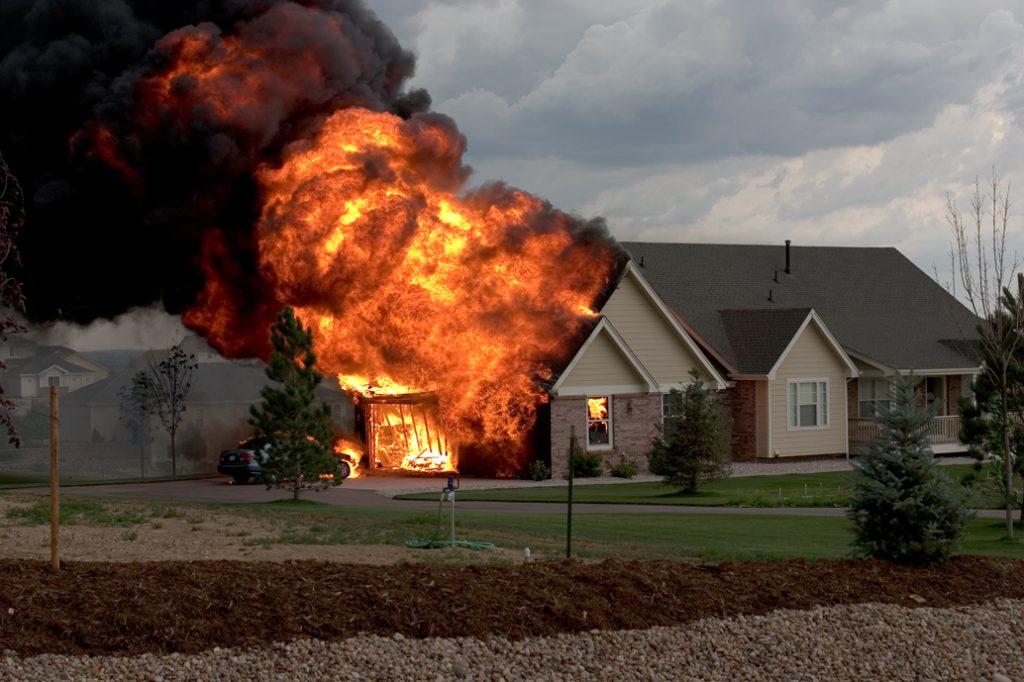When it comes to safeguarding your home from potential hazards, fire safety is undoubtedly a top concern. In this pursuit, the choice of roofing material plays a critical role, and metal roofs have emerged as a remarkable solution for enhancing fire safety while providing durability and aesthetics.

Why Metal Roofs Stand Out in Fire Safety
Metal roofing stands out as a top-notch choice for homeowners looking to enhance their property’s fire safety. The inherent fire-resistant properties of metal contribute significantly to minimizing the risk of fire-related damage. Unlike traditional roofing materials like asphalt shingles, wood, or even some synthetic options, metal doesn’t catch fire. This aspect alone sets it apart as a superior choice for regions prone to wildfires and areas with stringent fire safety regulations.
Metal roofs have a Class A fire rating, which is the highest rating achievable for roofing materials. This means they exhibit excellent resistance to fire from external sources and are not easily ignited by sparks, embers, or lightning strikes. This vital feature provides homeowners with peace of mind, knowing that their roofs can withstand potential fire hazards.
Heat Resistance and Energy Efficiency
Beyond their fire-resistant properties, metal roofs also boast impressive heat resistance. Their reflective properties prevent the sun’s rays from being absorbed into the building, thereby reducing heat transfer to the interior. This, in turn, contributes to better energy efficiency by minimizing the need for excessive air conditioning during hot seasons. By reducing the heat absorbed by the roof, metal roofing indirectly aids in fire prevention, as a cooler roof is less likely to become a fire hazard.
Installation Techniques and Fire Safety
The installation of metal roofing further enhances its fire safety characteristics. When properly installed, metal roofs leave minimal room for gaps or vulnerable points where embers could infiltrate during a fire. Professionally installing the roof tightens the seal, minimizing the risk of fire-prone debris entering the structure through the roof.
Regular Maintenance and Fire Safety
While metal roofs are undoubtedly low-maintenance, routine upkeep remains essential for optimizing their fire safety attributes. Regular cleaning helps prevent the accumulation of leaves, branches, and other flammable debris, which could become potential ignition sources during a fire. By keeping the roof clear of these materials, homeowners can ensure their metal roofs continue to provide the highest level of fire protection.
Conclusion: Safeguard Your Home with Metal Roof Fire Safety
In the realm of roofing materials, metal emerges as a champion of metal roof fire safety. Its innate resistance to fire, combined with its heat-reflective properties and professional installation techniques, make it an exceptional choice for homeowners striving to protect their properties and loved ones. Investing in a metal roof is not only an investment in the longevity and aesthetics of your home but also a proactive step towards fortifying its fire resilience.



Leave a Reply